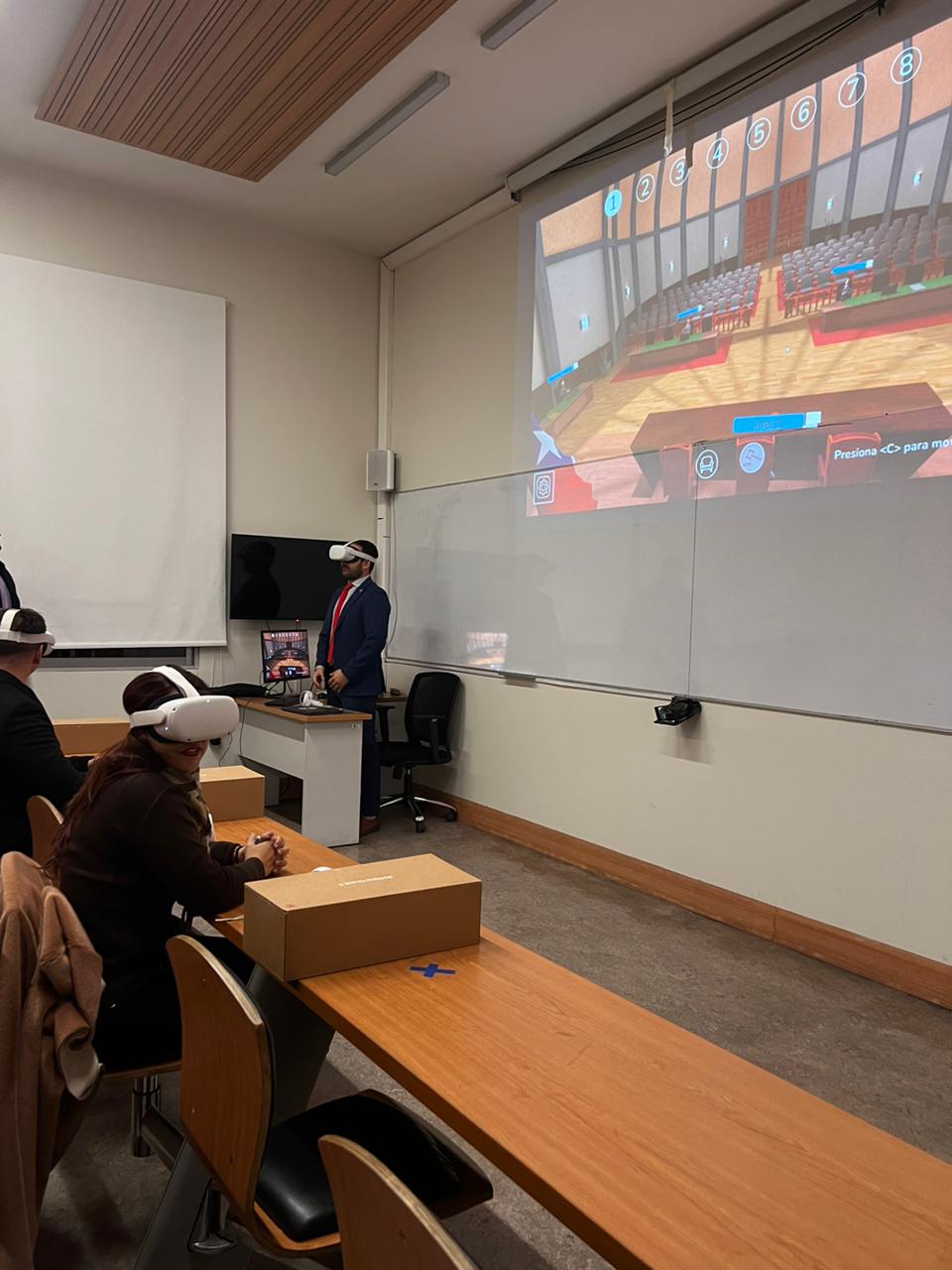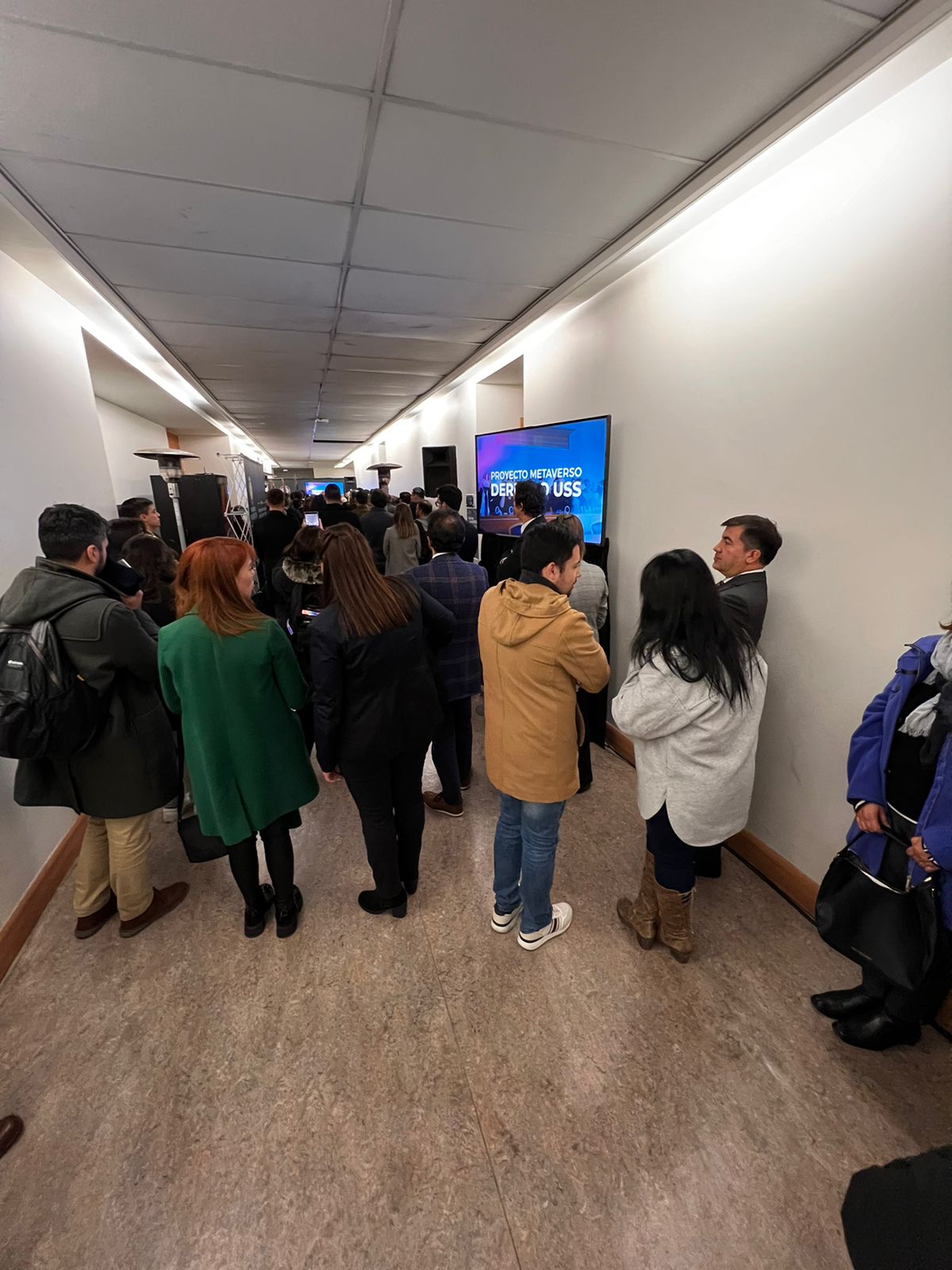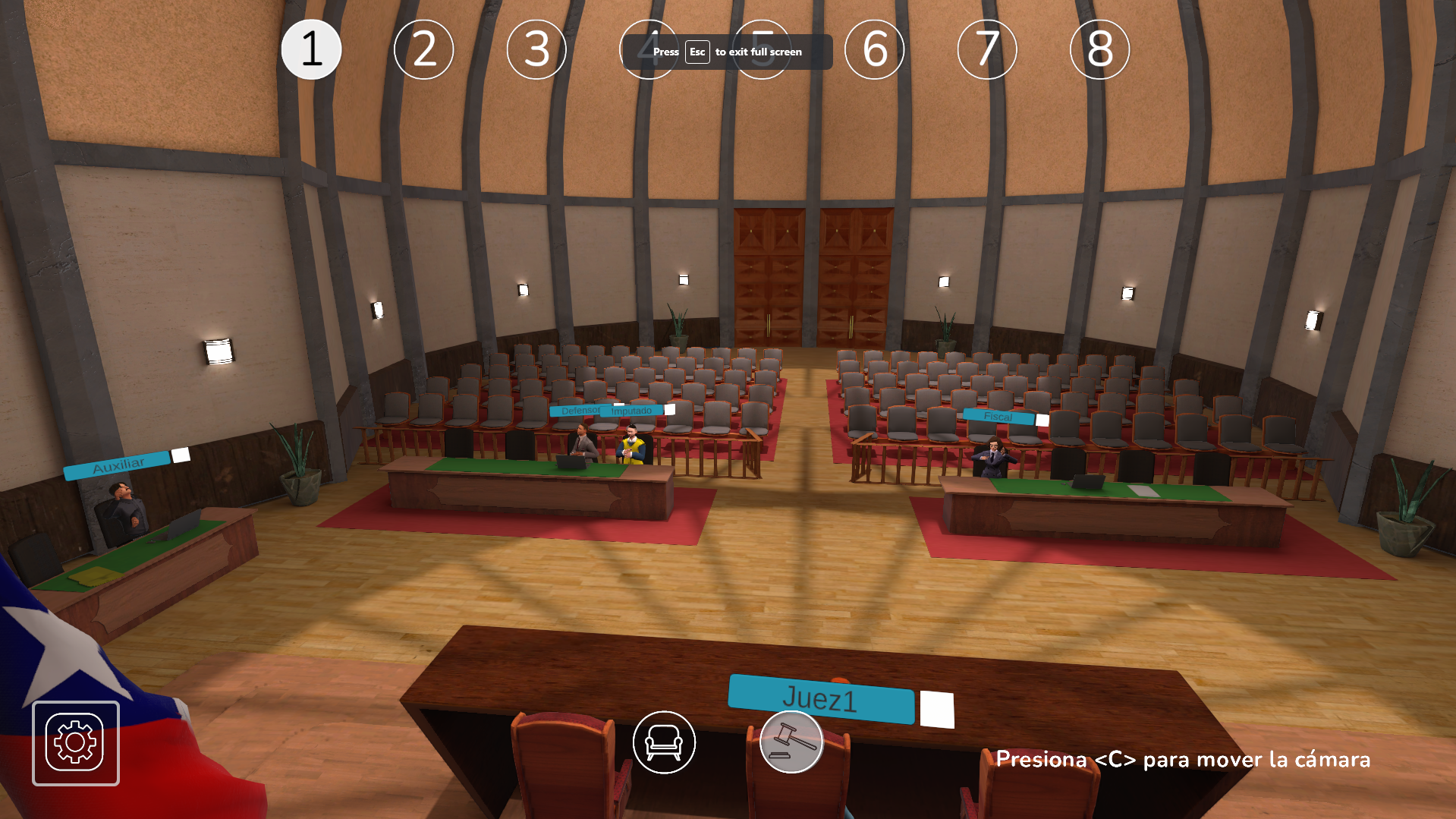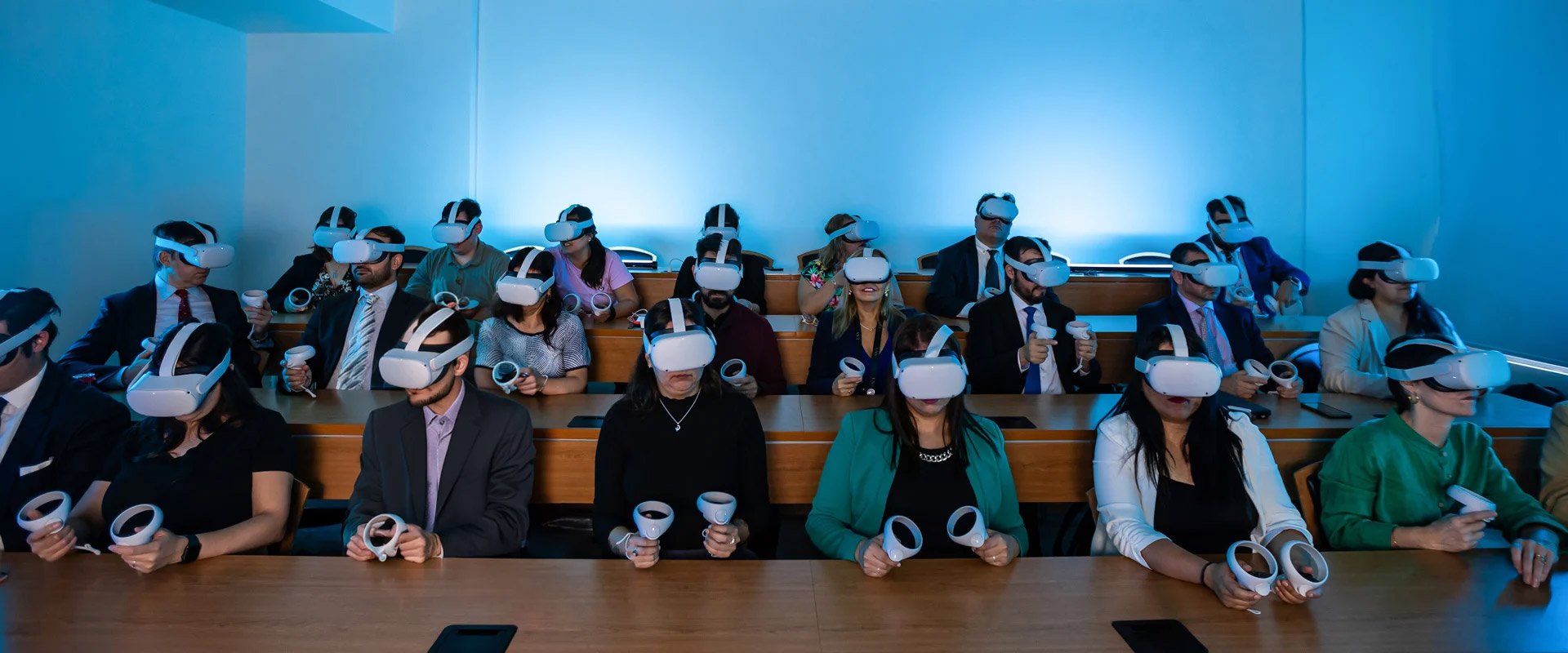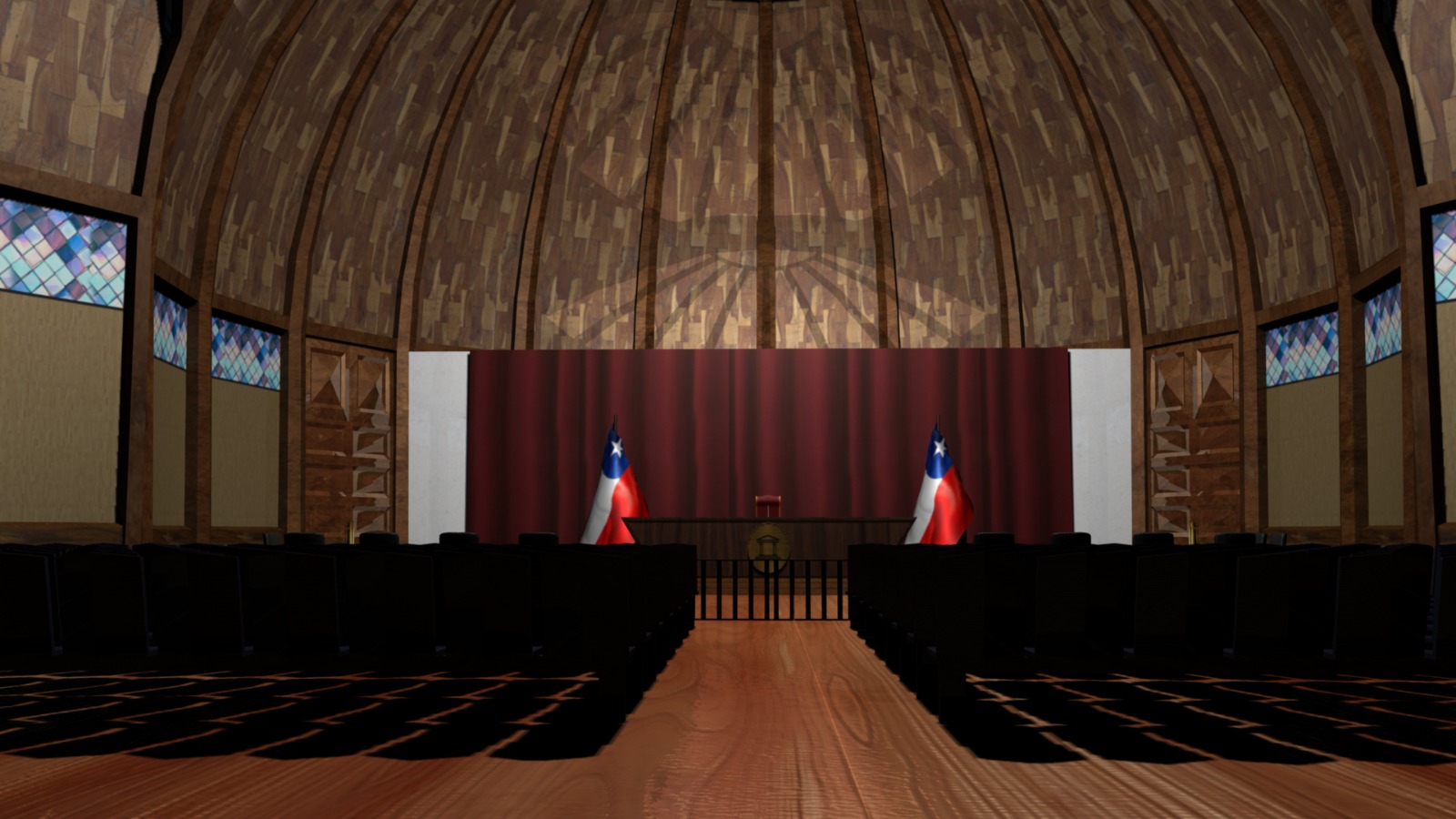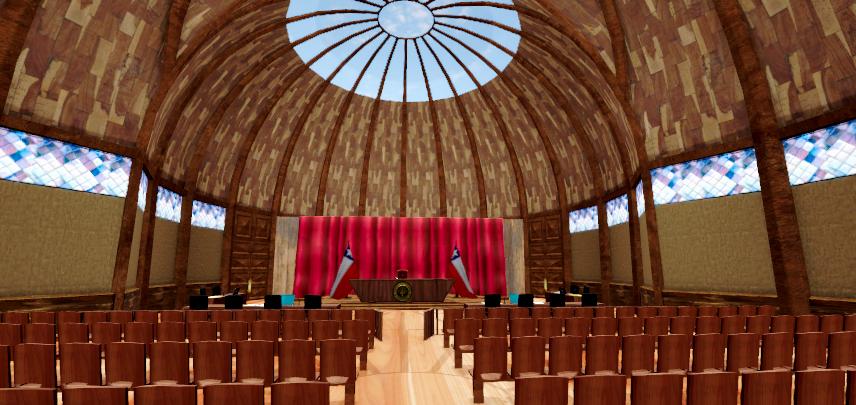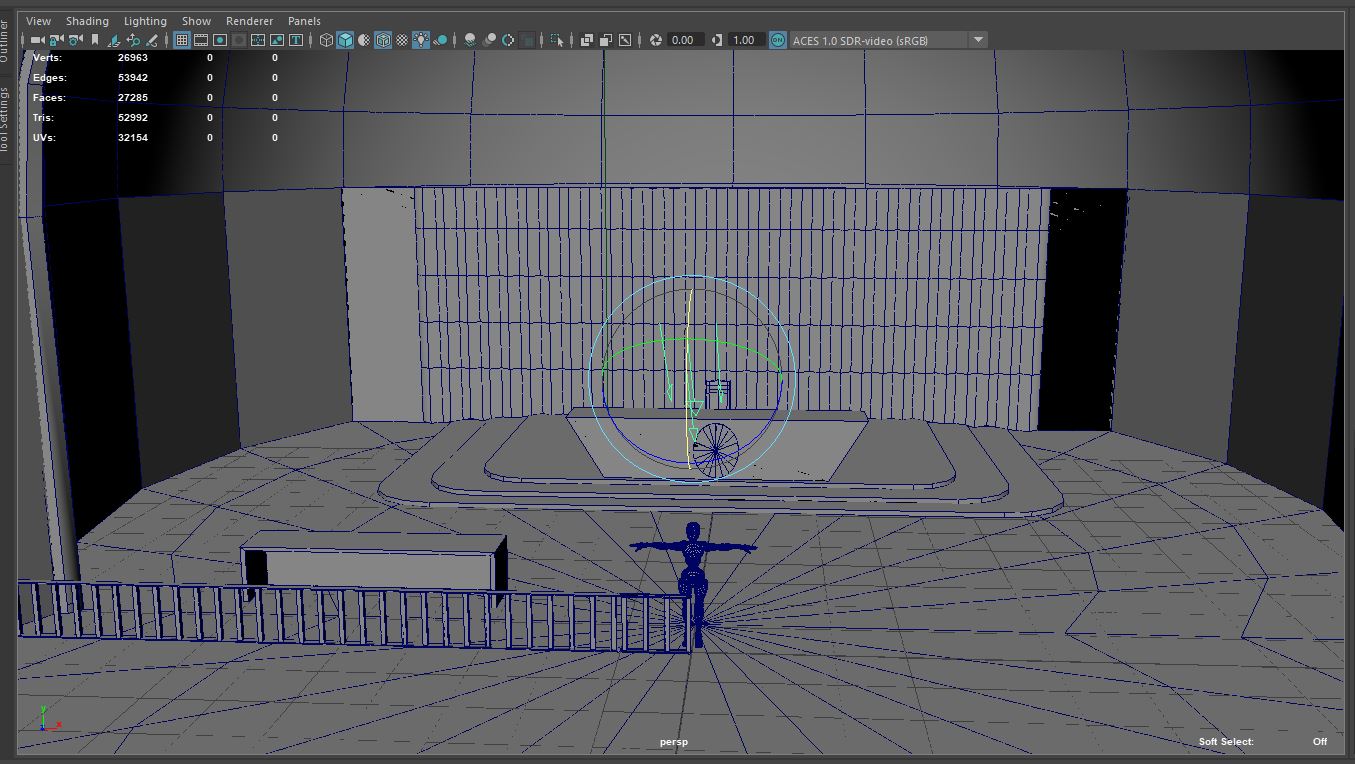Virtual Judicial Court
The Law School of San Sebastian University in Santiago, Chile, has embarked on an innovative journey to revolutionize legal education. By integrating cutting-edge virtual reality (VR) and artificial intelligence (AI), we have developed a state-of-the-art virtual courtroom. This application is designed to provide law students with an immersive, interactive learning environment where they can practice legal cases, role-play different courtroom roles, and gain a comprehensive understanding of various perspectives within the legal process.
Our virtual courtroom leverages a legal documentation-trained AI assistant that aids students in real-time. This AI assistant responds to voice commands and hand gestures, allowing students to navigate the VR experience seamlessly. Additionally, a web-based viewer for teachers and guests enhances the educational process by offering an omnipresent perspective, enabling educators to focus on critical aspects of the activities. This initiative represents a significant step forward in legal education, combining technology and pedagogy to prepare students for the complexities of legal practice.
The Virtual Reality Experience
The cornerstone of our project is the immersive virtual reality experience tailored for law students. The VR courtroom is a fully interactive simulation where students can engage in mock trials, assume various roles such as judges, attorneys, and witnesses, and develop their legal skills in a controlled, realistic environment. The use of VR technology not only enhances the engagement and retention of legal concepts but also allows students to practice and hone their courtroom demeanor and procedural knowledge.
Key features of the VR experience include:
– Hand Gesture Control: Unlike traditional VR setups that rely on cumbersome controllers, our application uses advanced hand-tracking technology. This allows users to use their hands naturally to interact with the virtual environment, making gestures to emphasize their verbal arguments and navigate the courtroom.
– Voice-Activated AI Assistant: The AI assistant, trained on extensive legal documentation, provides on-the-fly legal information and support. Students can query the AI during their practice sessions, receiving immediate responses that help them understand complex legal concepts and refine their arguments.
– Realistic Courtroom Dynamics: The simulation enables educators to role play in various scenarios and case types, offering a broad range of experiences. This diversity helps students understand different aspects of legal proceedings, from criminal trials to civil disputes.
Web-Based Viewer for Teachers and Guests
The web-based viewer is not just a technological add-on but a crucial pedagogical decision. By offering a bird’s-eye view of the virtual courtroom, educators can better understand the dynamics of the simulation and focus on the important aspects of student activities.
The web-based viewer includes:
– Multi-Angle Viewing: Educators can switch between different viewpoints within the virtual courtroom, gaining insights into student interactions and performance.
– Interactive Feedback Tools: Teachers can offer real-time feedback to students during the simulation, facilitating a dynamic and responsive learning environment.
Teacher Training and the Multiversica Model
To ensure the successful implementation and utilization of this advanced technology, we conducted extensive training sessions for educators using the Multiversica model. This novel approach to education empowers teachers and institutions to effectively integrate emergent technologies as interactive next-generation formative tools. The Multiversica model provides a structured framework that guides educators through the process of adopting and utilizing new technologies in their formative approaches.
Our teacher training program focused on:
– Understanding VR and AI: Educators received hands-on training on how to use the VR courtroom and AI assistant, ensuring they are comfortable and proficient with the technology.
– Integrating Technology into Curriculum: Teachers learned how to incorporate the VR application into their existing curriculum, creating lesson plans that leverage the immersive experience to enhance learning outcomes.
– Providing Context and Guidance: The training emphasized the importance of context in using VR as a teaching tool, helping educators understand when and how to use the technology to maximize its educational benefits.
The development of the virtual courtroom at San Sebastian University represents a significant advancement in legal education. By combining VR and AI technologies, we have created a dynamic, interactive learning environment that prepares students for real-world legal practice. The addition of a web-based viewer for educators and the comprehensive training provided through the Multiversica model ensure that this innovative tool is effectively integrated into the educational process, ultimately enhancing the quality of legal education at the university.
Task
Create a Virtual Law Courtroom, integrate AI with a knowledge base regarding legal cases
